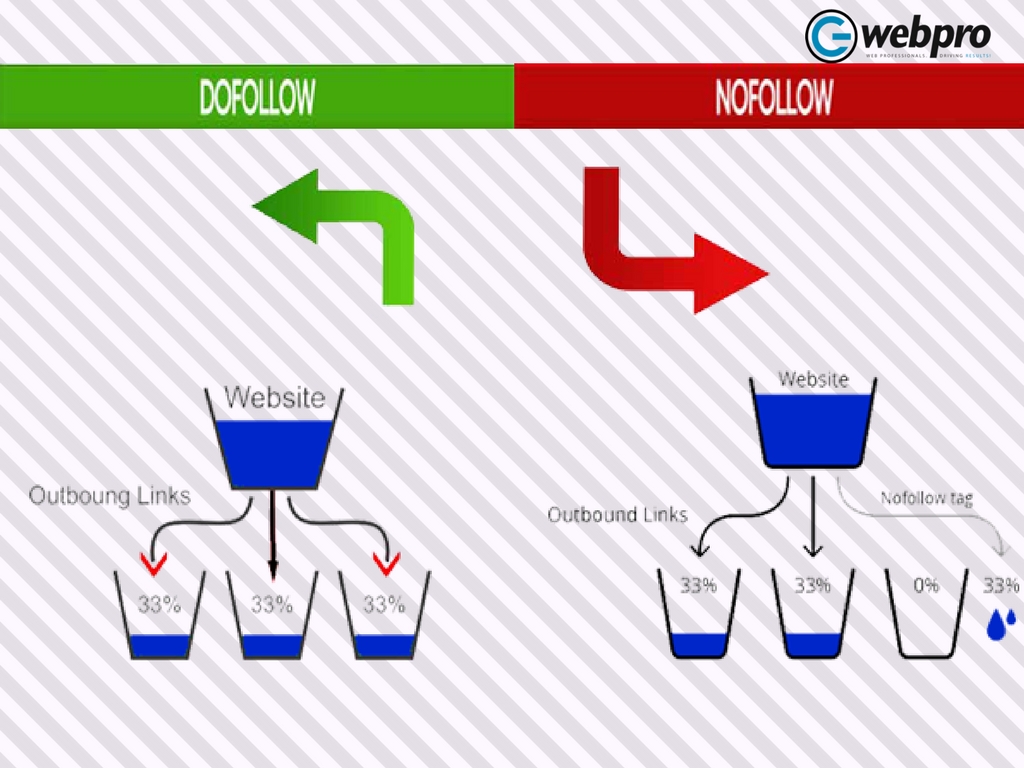
The use of Dofollow and Nofollow links are one amongst such technicalities and if you are new in the field, you must have a good knowledge of it. Let’s begin from here.
The Basics
To understand the use of Dofollow and Nofollow links, you should already have an idea about the use of a backlink.
When a website gets a backlink i.e. from a hyperlink, it gets an SEO boost that helps in building the authority of the website in the eyes of search engines. This also increases the traffic, improving the overall ranking of a website. So, the more backlinks mean the more trustworthy your website is in the eyes of search engines.
What is a Dofollow Link?
From a superficial level, a backink can be considered as a way to attract viewers from other
sites. However, if it’s a Dofollow link, the referred page of your website is able to share the domain and URL authority of the referring website as well.
Suppose, the domain and URL authority of your website is 45 and 60 respectively and the website from which you are getting the backlink has a domain authority of 50 and URL authority of 70. It means the linked page’s domain and URL authority will jump to 50 and 70 respectively.
An example of a Dofollow link:
What Is a Nofollow Link?
As the name suggests, Nofollow links are meant for restricting search engine bots from following a link. That means you can get the visitors of the referring site, but not the link juice that can improve the authority of the landing page. This also means it won’t help you get a good position in the SERPSs. Therefore, there’s not much SEO benefit of a Nofollow link. But, it can enhance brand awareness if it’s referred by a site with a large popularity.
An example of a Nofollow link:
Now you know what Dofollow and Nofollow links are all about. There are instances when even a Nofollow link proves to be beneficial. What you’ll need to know are the authority and the popularity of the referring site. Apart from this, the referring site should have some connection to your business. Keep in mind that Google doesn’t appreciate irrelevant linking.
So, do a bit research and enjoy achieving great visibility!

